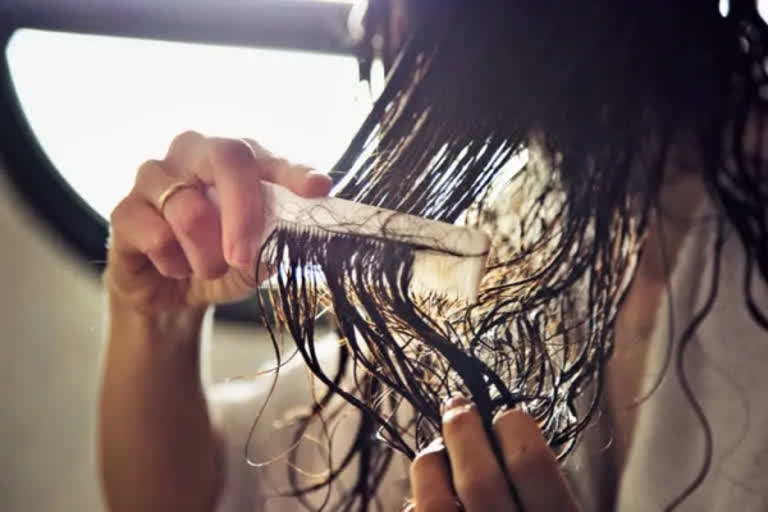Bradford (England): It's a hair condition that has frustrated parents for decades, now scientists believe they have found the genes responsible for uncombable hair syndrome. Yes, it really is a thing. Uncombable hair syndrome is more than just difficult hair. As its name suggests, it's hair that sticks out at all angles, making it almost impossible to tame let alone comb. It usually starts in children between the ages of three months and 12 years and is characterised by straw blond or silvery blond frizzy hair.
It's usually wavy, dry and brittle and, thanks to its appearance, it's sometimes called spun glass hair, pili trianguli et canaliculi or cheveux incoiffables. Boris Johnson or Albert Einstein might spring to mind, but while those high-profile men are famous for their unruly locks, with very few cases of uncombable hair syndrome in the world, it's highly unlikely they have or had the condition.
Besides, the condition tends to improve or even disappear by adulthood. There hasn't been much research on this rare condition, which first appeared in published articles in the 1970s. Since then, fewer than 70 publications have appeared, most being case reports. One of the more recent studies involving 11 children with uncombable hair, was performed by geneticists at the University of Bonn, Germany. They found that the condition seemed to be explained by mutations in three genes that code for well-known proteins in the hair follicle.
However, since that study was widely reported by the press, more families with kids with this condition came forward and now the same scientists have repeated the genetics with over 100 children. They have confirmed that in 76 of these children, the cause is linked to mutations in the PADI3 gene as well as the involvement of two other genes, all three of which code for important proteins involved in hair-fibre formation.
Also read: Four reasons waxing is better than shaving!
Human variation in appearance, including in hair, is a result of the many small variations in our genes in the global population. When a mutation happens in a gene, sometimes it leads to a change in the function of the protein. If that protein is in the hair follicle, it's more than likely that the hair will look different. So this can be brown, blond, curly, thick, straight, red or even bald.
There are a few well-known inherited variations in hair fibre shape and curl, but rarely are these linked to any serious illness. Interestingly, often the proteins that are affected are in the inner root sheath: three layers of the hair follicle that help put the shape into the hair fibre. We also know that uncombable hair is a recessive genetic characteristic. In other words, both parents must be carriers of the mutated gene, although they may not have it themselves. Then, if their child inherits one copy of the affected gene from each parent, they will have the syndrome.
So why study such genetic hair disorders? This type of genetic study generates enough information such that parents can now request a genetic test that may help allay any concerns about other rare conditions that can affect the hair. From the scientific perspective, it also helps the hair biology research community understand more about normal hair growth and the importance of different proteins for controlling hair shape and appearance. For example, we can now explain why changes to PADI3 might alter hair shape by finding out more about how it works in the follicle.
Hair is one of the most culturally distinctive and personal attributes. Its style, shape, colour and indeed absence is something everyone thinks about every day. A huge hair-care industry has developed over the last century to help us all manage our hair. So when a rare condition leads to such a fascinating yet impossible to manage change in hair, it is easy to appreciate why scientists want to understand how it happens and to help the families with affected children understand it better too. (PTI)



